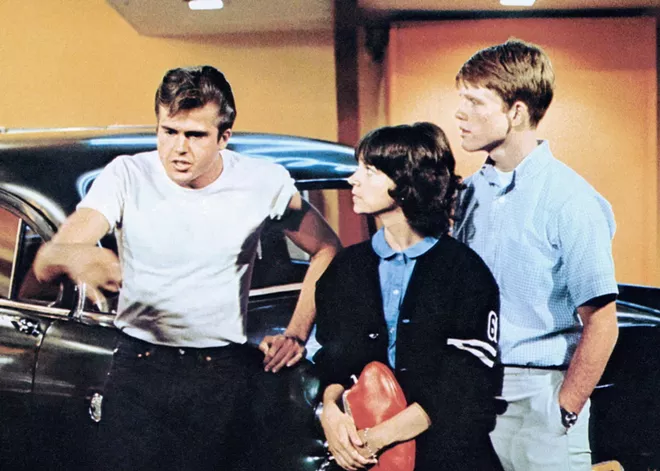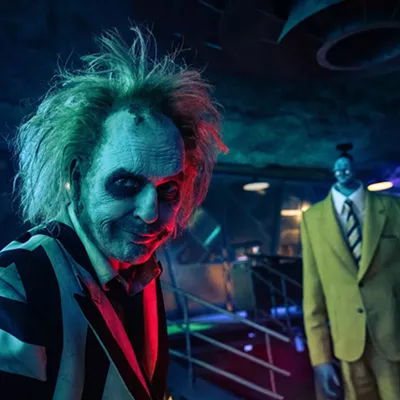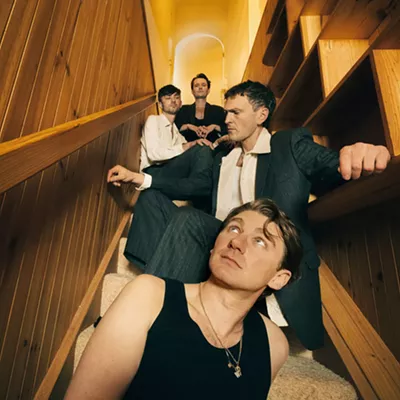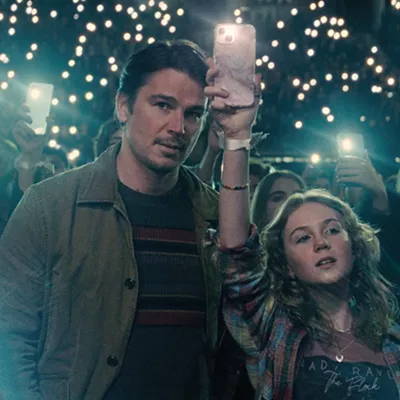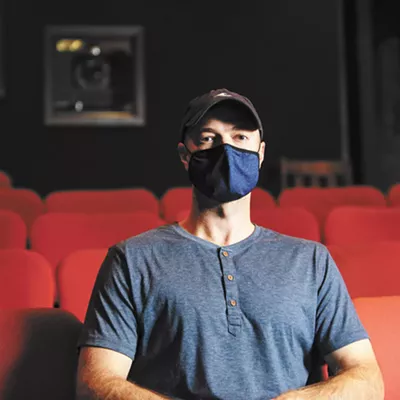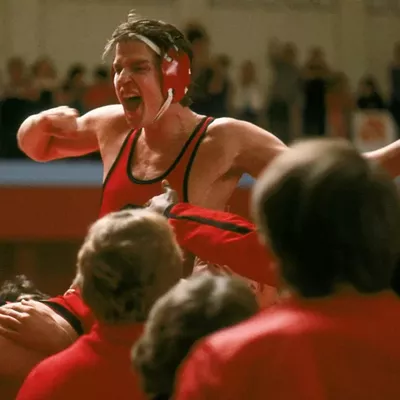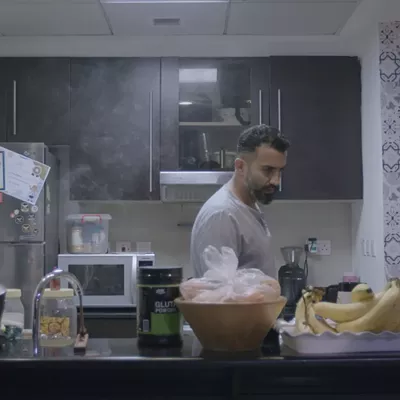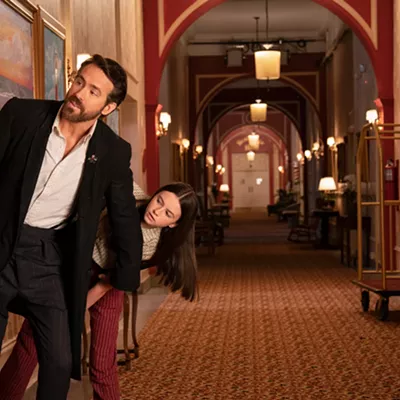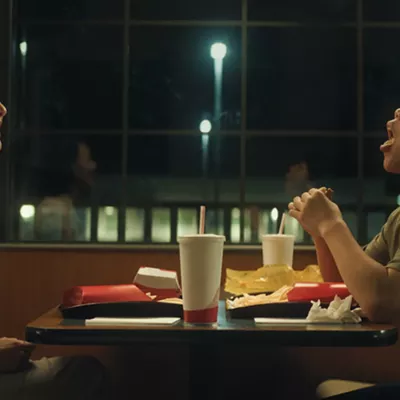I was born in 1988, so I never had that initial privilege of watching the Tantiv IV try to escape a Star Destroyer in the opening frames of 1977's Star Wars on the big screen like prior generations did, but I do recall my parents speaking of that moment in a kind of breathless reverie they rarely expressed. Seldom did they speak of an arguably equally influential film from writer/director George Lucas: American Graffiti, which is celebrating its 50th anniversary this week.
Coming off of the poor audience, studio and critical reaction (at the time, anyway) to his dystopian, experimental and antiseptic debut feature, THX 1138, Lucas was tasked by his colleague and mentor Francis Ford Coppola with producing a more relatable and human story. To do so, Lucas turned to his youth as a geek-turned-drag-racer in small-town Northern California.
In many ways, Graffiti is underrated for its innovation — Lucas' first three films as a director are all remarkable for the ways they changed the landscape of cinema and culture writ large. American Graffiti's technical accomplishments are commendable, including a novel structure of interviewing stories that speak across generations, despite its 1962 period setting.
Let's get the nerdy stuff out of the way first. American Graffiti was groundbreaking on a number of levels. Produced during the heyday of "New Hollywood," it eschewed the darkness and grit of contemporary films like Serpico or The Godfather or The French Connection. It was formally inventive, but bereft (mostly) of the miasma of nihilism that hung over America in the 1970s. The film was lensed in only 28 days, with Lucas overseeing multiple cameras for every shot in a guerrilla/verite style.
But perhaps more importantly than the way the film looks, is the way it sounds. One of his most important collaborators on Graffiti was Walter Murch, a now-storied sound designer who'd worked on THX with Lucas as well as The Godfather. Lucas' trailblazing approach was to renounce the principle of traditional film score — American Graffiti was to be soundtracked entirely by sourced music from the mid- to late '50s, a radical idea at the time (film nerds call this "diegetic" or "source" music). Murch and Lucas went to work re-recording jukebox classics in natural environments like auditoriums, cars and backyards to authentically situate the music in the characters' actual lived spaces. It was a level of verisimilitude unforeseen in Hollywood productions up to that point.
And then there's the narrative structure. Four overlapping narratives — concerning young high school graduates at a spiritual, emotional and sexual crossroads — taking place over a single night? Studio executives like Universal's Ned Tanen were perplexed. It was daring, it was arty, but it worked. American Graffiti would go on to be one of the most financially successful films of all time, despite having a bumpy journey to its release (with a budget of under $1 million, it still ranks as the 51st highest-grossing film ever adjusted for inflation, per Box Office Mojo).
I'm too young to have any concept of the fervor that surrounded the movie, though every time I revisit it, I get emotional. The anxiety of the four main protagonists Curtis (Richard Dreyfuss), John (Paul Le Mat), Steve (Ron Howard) and Terry (Charles Martin Smith) speak to a universal feeling of being on the verge of adulthood, uncertain what your place in the world will be. Curtis is brainy but insecure, John is frozen in time living out a badass greaser fantasy, Steve is a jerk with doubts about commitment, and poor Terry is a hapless dork who just wants to meet a girl. Per his admission, most of these characters represent aspects of a young George Lucas (with the exception of Steve, whose eventual fate depicts the life George might have had, had he not gotten out of Modesto and gone to film school).
American Graffiti represents a kind of last hurrah for this idealized notion of a gestalt "simpler time," which is underlined by the profoundly existential end card that wraps it. Spoiler alert: Curtis dodges the draft, Terry goes MIA in Vietnam, John is killed by a drunken driver, and Steve settles down for a life of mediocrity as an insurance salesman. While its themes are enduring, it also speaks eloquently to the premise of an America that was on the precipice of overwhelming transformation. In 1963, just one year after the film was set, the president would be assassinated. Overseas wars would accelerate. There would be a civil rights movement, a womens' liberation movement, LSD, the British Invasion on youngster's 45 RPM players, radios and television sets.
But don't write off American Graffiti as some kind of boomer hagiography — it's a singular and special work by one of the generation's most gifted filmmakers, who put his childhood and his nostalgia up on the screen with unsparing accuracy, while also reminding audiences that, while it's fun to revisit the past every once in a while, it's more important to look forward and to accept change. One thing that will never change? American Graffiti is a kick-ass movie with a bangin' soundtrack. I raise my malt milkshake to you, George: Keep rockin' round the clock! ♦

